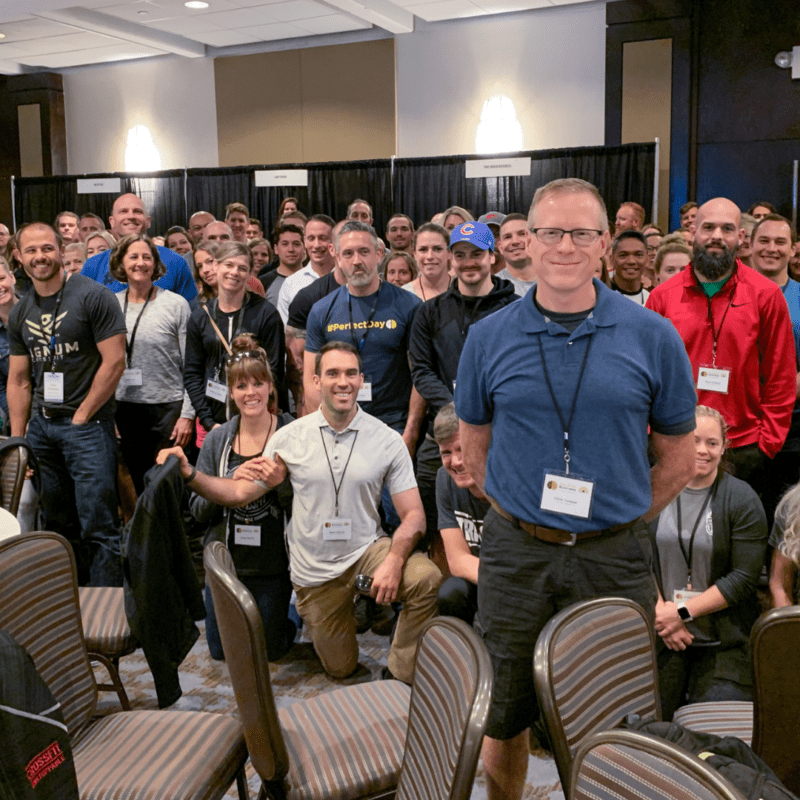[vc_row][vc_column][vc_column_text delay=”0″]This weekend in San Francisco, Two-Brain held its first Tinker Meet-up. Entrepreneurs who have complete financial and time freedom, and are seeking their next project, are called “Tinkers.” You can take the test to find out where you are in your entrepreneurial journey here. One of our speakers was Charu Sharma, CEO of NextPlay. Charu has had an amazing life: In 2003, Charu and her brother fought two goons in a train robbery, saving the lives of women on the train. She later represented India in South Korea, fighting in Taekwondo. Chapters of textbooks are dedicated to her in India. When she moved to the U.S. for a four-year University program, she founded two start-ups out of her dorm room, lived at sea for a semester, and visited all seven continents on internships. Now she has five National Awards, expeditions to all seven continents, over 600 stage shows, and three books published. Charu was enlisted as a “Power Woman” alongside such notables as Oprah Winfrey, Sonia Gandhi, and Melinda Gates by Youth Incorporated Magazine in March 2012. Our mission at Two-Brain is to make 1,000,000 entrepreneurs wealthy. Charu has created Go Against the Flow to educate 1 million women to take risks and build their own businesses. Charu has contributed to Huffington Post, Venture Beat, Business Insider, The Times of India and Youth Incorporated, among various publications. She organized TEDxRiverNorth in Chicago, and she has spoken at two TEDx conferences on risk-taking and entrepreneurship respectively. Yeah, she’s kind of a big deal. And she’s still a few years away from turning 30. In this episode, Charu is interviewed live by Jay Williams, a Bay Area Two-Brain Mentor. Her responses are both brilliant and sincere: No canned answers, lots of laughter, and some poignant quotes. Like these: “I don’t want to just look good on paper.” Charu’s resume is amazing, but she actually goes out ...
Read More →
